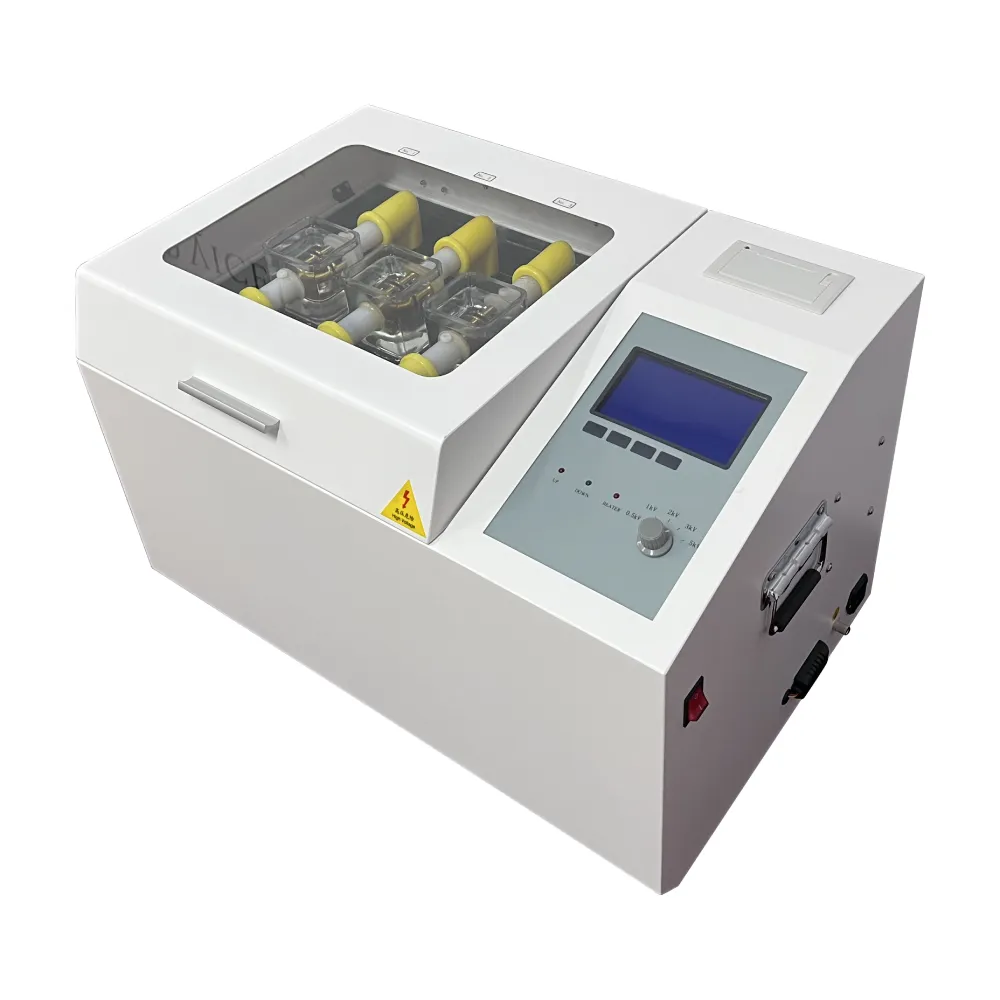 English
English


periodic condition monitoring tests of transformer
Periodic Condition Monitoring Tests of Transformers
Transformers are pivotal components in electrical power systems, ensuring the efficient transmission and distribution of electricity. To maintain their reliability and performance, it is essential to implement periodic condition monitoring tests. These tests provide a comprehensive assessment of the transformer's health, detecting potential issues before they escalate into serious failures.
One of the fundamental tests in condition monitoring is insulation resistance testing. This involves measuring the resistance of the insulation material used within the transformer. High insulation resistance values indicate that the insulation is in good condition, whereas low values may suggest moisture ingress, contamination, or deterioration due to aging. Performing this test regularly helps in identifying insulation weaknesses early on, potentially preventing catastrophic failures.
Another crucial aspect of transformer monitoring is transformer oil analysis. The insulating oil serves as both a coolant and an insulator. Through routine sampling and analysis, it’s possible to detect the presence of dissolved gases, water content, and metallic particles. The dissolved gas analysis (DGA) technique measures gases like hydrogen, methane, and ethylene, which can indicate overheating or arcing within the transformer. By analyzing these gases, maintenance personnel can make informed decisions regarding the operational status of the transformer.
periodic condition monitoring tests of transformer

Temperature monitoring is equally important. Transformers are designed to operate within specific temperature limits. Excessive heat can lead to accelerated aging of insulation materials and ultimately compromise transformer integrity. Installation of temperature sensors at critical points allows for real-time monitoring, enabling proactive responses to overheating conditions.
Frequency response analysis (FRA) is another advanced diagnostic tool. It involves applying a variety of frequencies to the transformer’s windings and measuring the response. This test helps identify mechanical and electrical issues within the windings, such as short circuits, displacements, or moisture ingress in the insulation materials. Regular FRA testing can reveal problems that may not be detected by other methods.
Lastly, visual inspections should not be overlooked. Regular visual checks can identify external issues such as leaks, signs of overheating, and physical damage to the transformer casing or ancillary components.
In conclusion, periodic condition monitoring tests for transformers are essential for ensuring their reliability and longevity. By utilizing methods such as insulation resistance tests, transformer oil analysis, temperature monitoring, frequency response analysis, and regular visual inspections, utilities can increase the operational efficiency of transformers and mitigate the risk of unexpected failures. This proactive approach ultimately contributes to a more stable and secure power supply for consumers and industries alike.
-
Differences between open cup flash point tester and closed cup flash point testerNewsOct.31,2024
-
The Reliable Load Tap ChangerNewsOct.23,2024
-
The Essential Guide to Hipot TestersNewsOct.23,2024
-
The Digital Insulation TesterNewsOct.23,2024
-
The Best Earth Loop Impedance Tester for SaleNewsOct.23,2024
-
Tan Delta Tester--The Essential Tool for Electrical Insulation TestingNewsOct.23,2024





